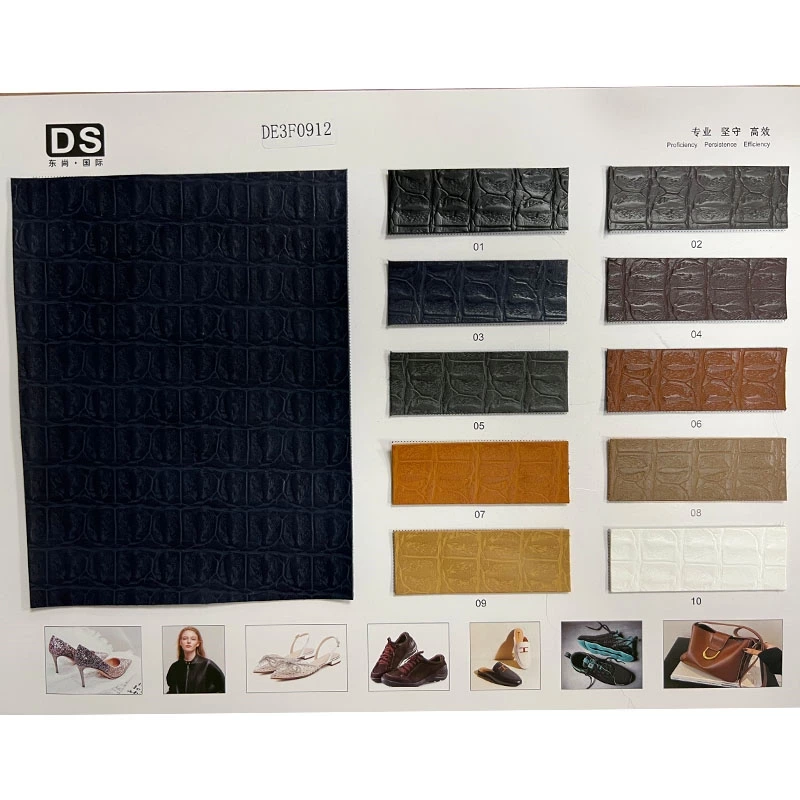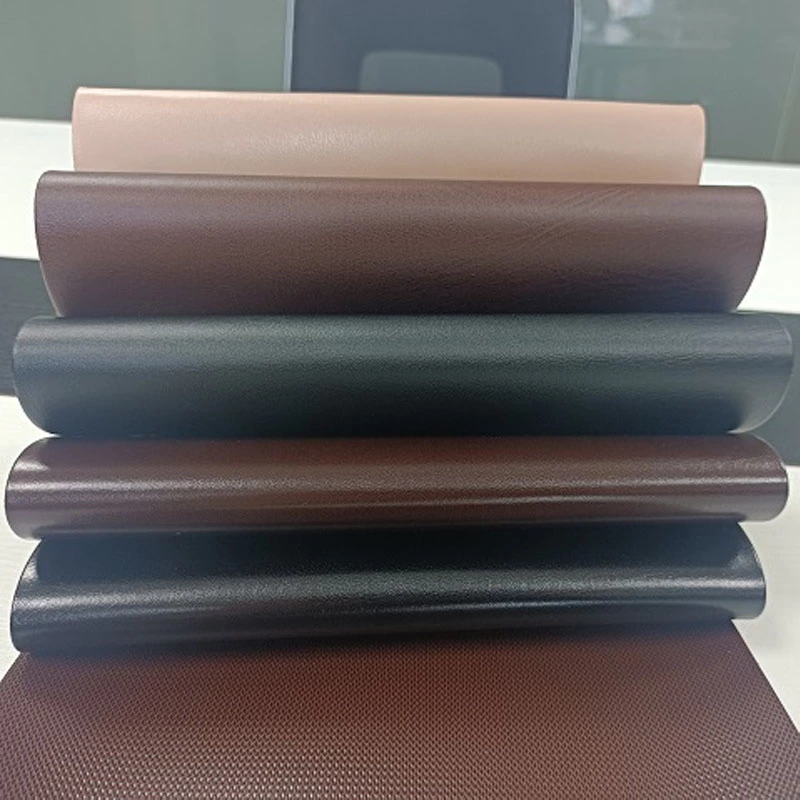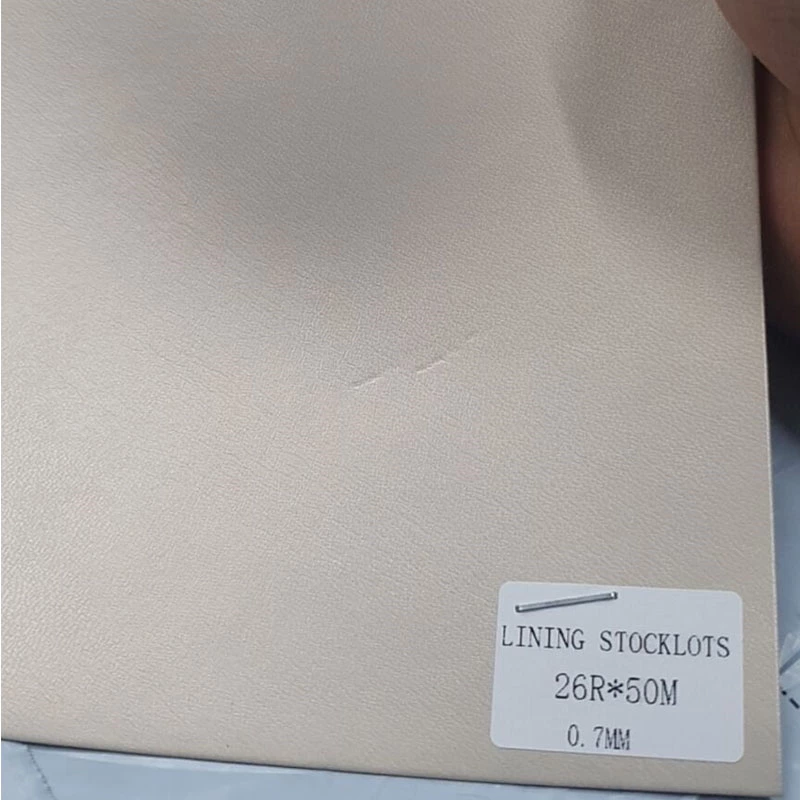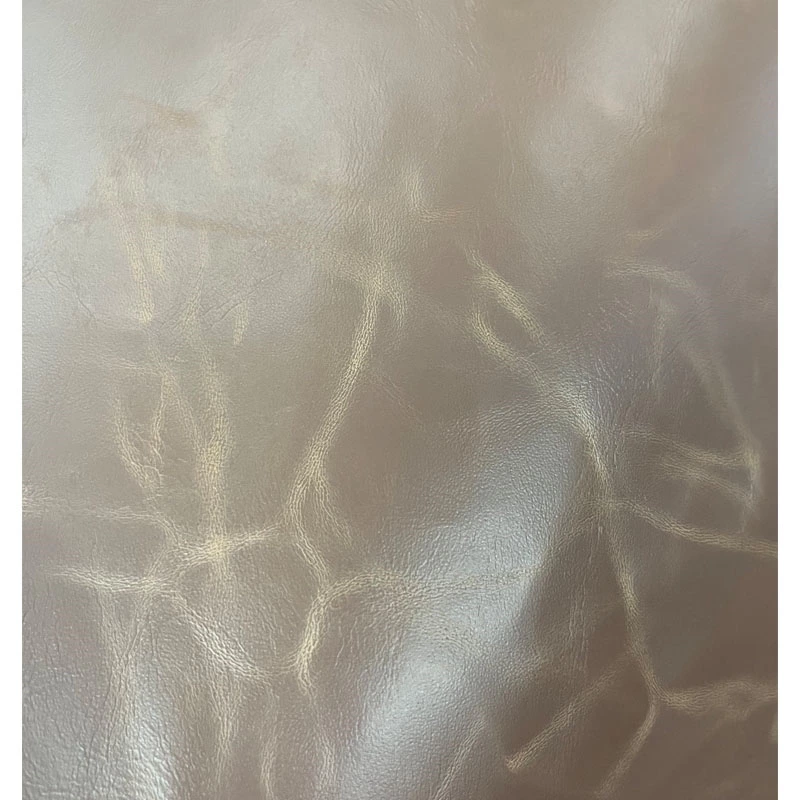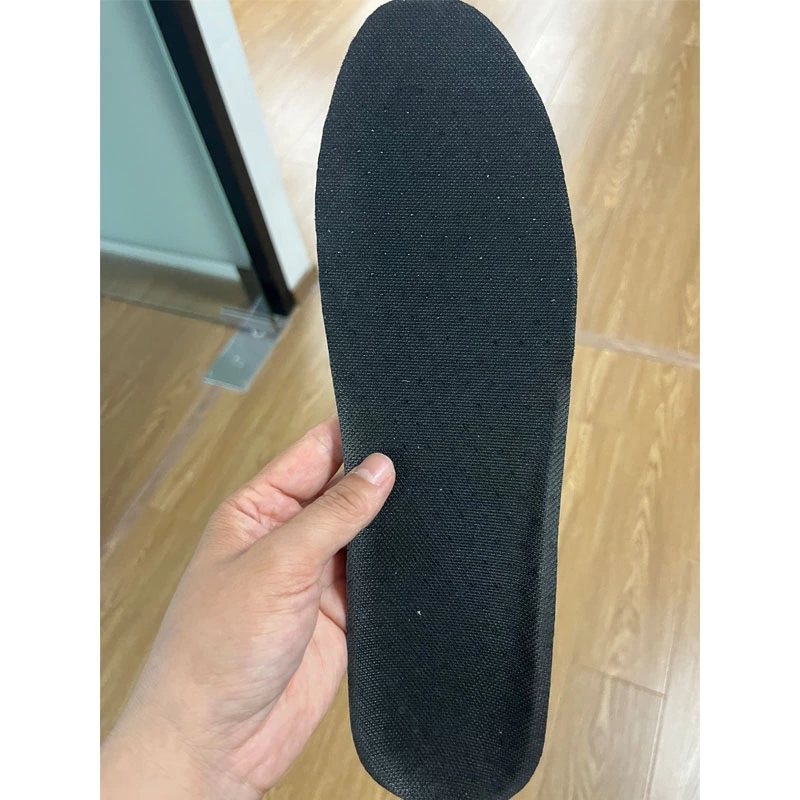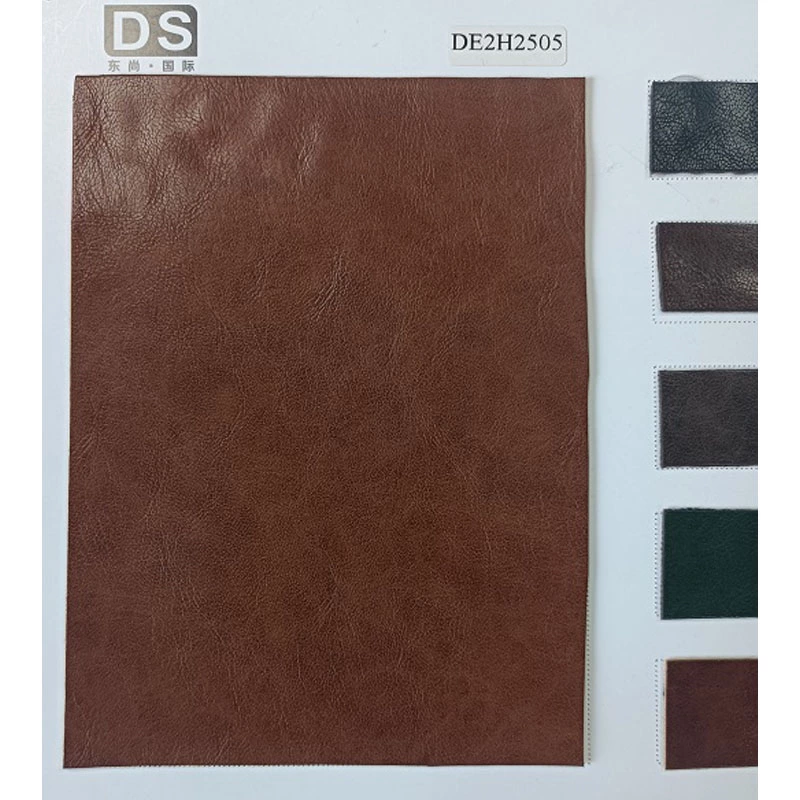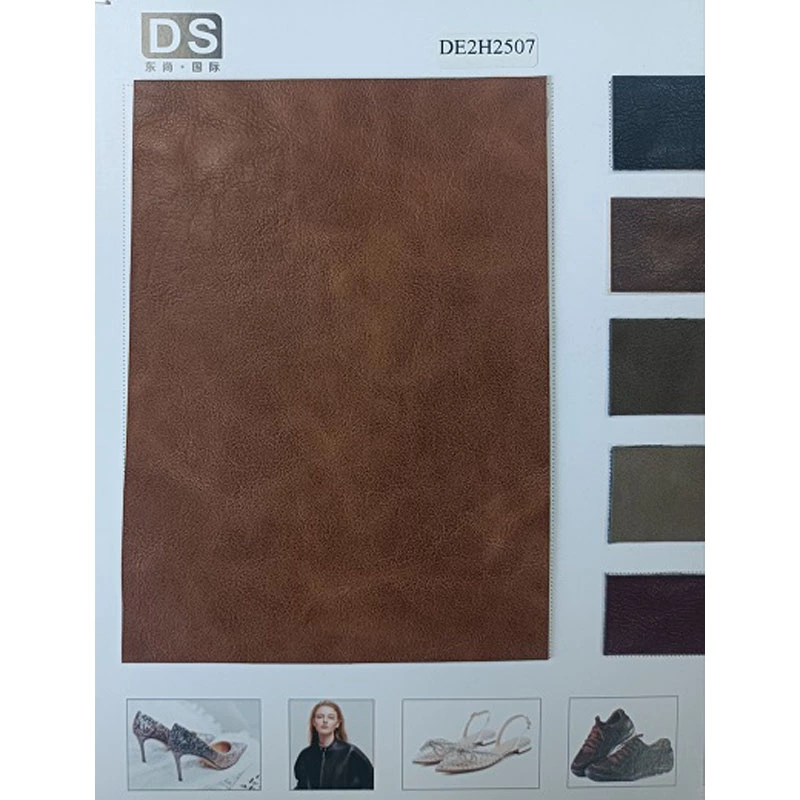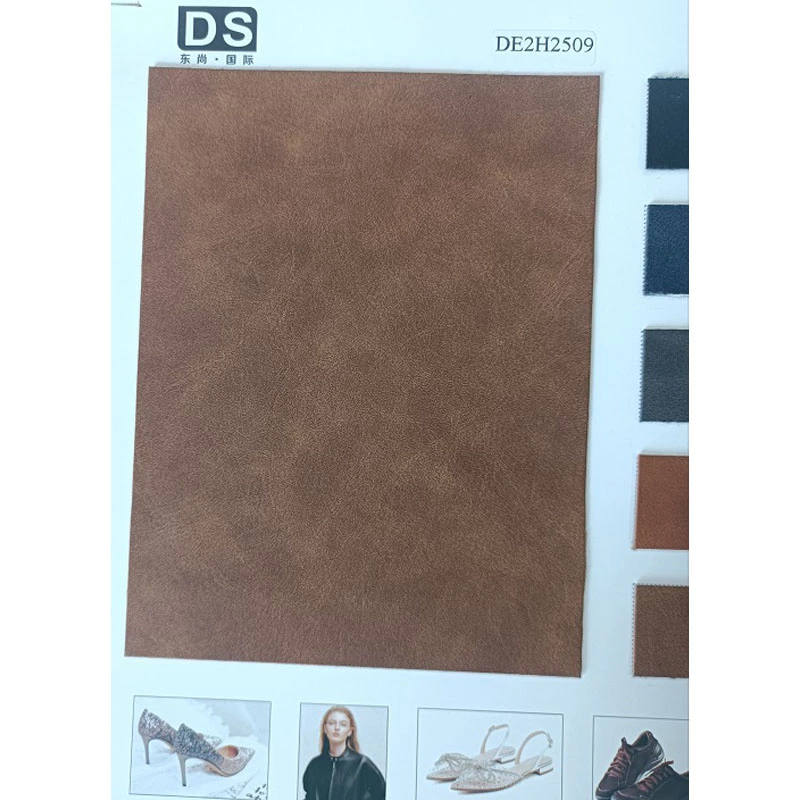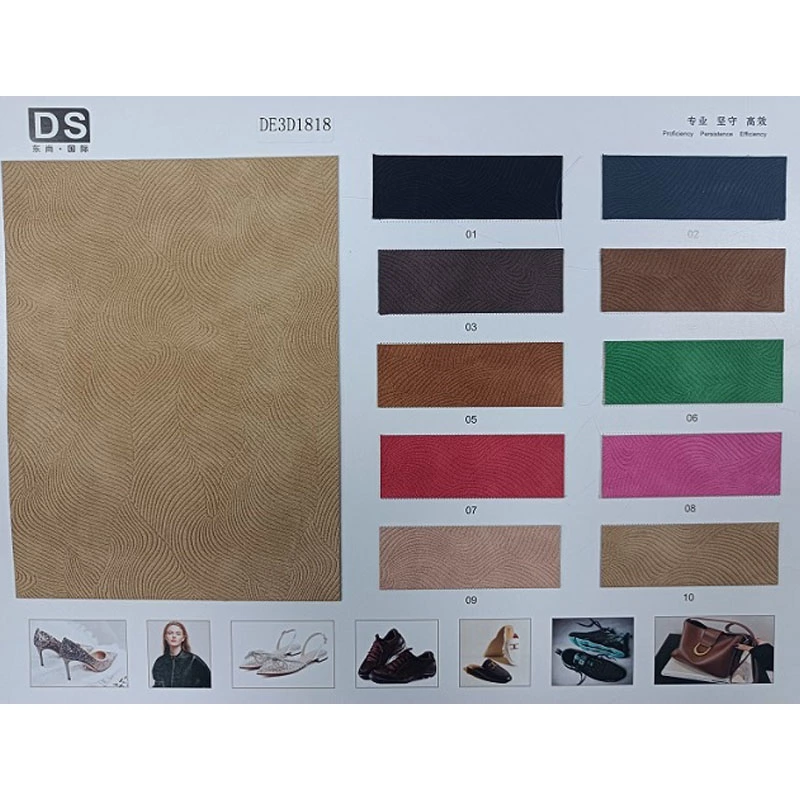Teach You How To Distinguish Genuine Leather, Imitation Leather, Pu Leather, Cowhide, And Sheepskin
Teach you how to distinguish genuine leather, imitation leather, PU leather, cowhide, and sheepskin
Touch: Touch the leather surface with your hands. If it feels smooth, soft, plump, and elastic, it is genuine leather. Generally, artificial and synthetic leather surfaces are astringent, rigid, and have poor softness.
Look: the surface of genuine leather has clear pores and patterns, yellow cowhide has relatively symmetrical fine pores, yak leather has thick and sparse pores, and goatskin has fish-scale pores.
Smell: All genuine leather has the smell of leather; while artificial leather has a pungent plastic smell.
Burning: Tear off a little fiber from the back of real leather and artificial leather. After burning, anything that emits a pungent smell and forms knots is artificial leather; anything that emits a hairy smell and does not form hard knots is real leather.
Buckle: Use your nails to pick the skin. If the answer is quick and there are no traces, it is genuine leather.
Genuine leather has to go through multiple refinements, so it is expensive, very comfortable to wear, and does not smell bad for a long time. However, artificial leather has more materials and fewer processes. It is generally made by machine and is easy to rot. If worn in hot weather, it will It's like dragging a piece of mud around, and it smells very bad.
So if you want to buy leather shoes, you must choose genuine leather.
